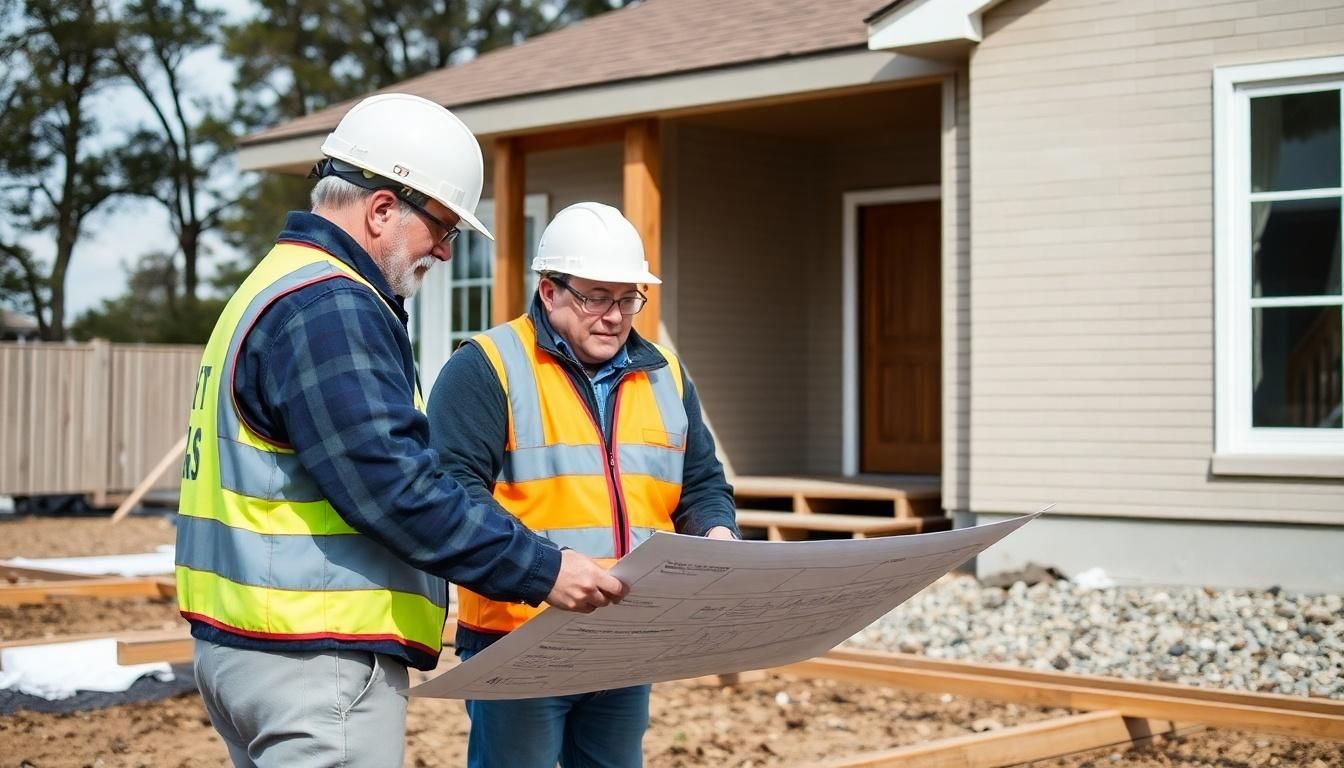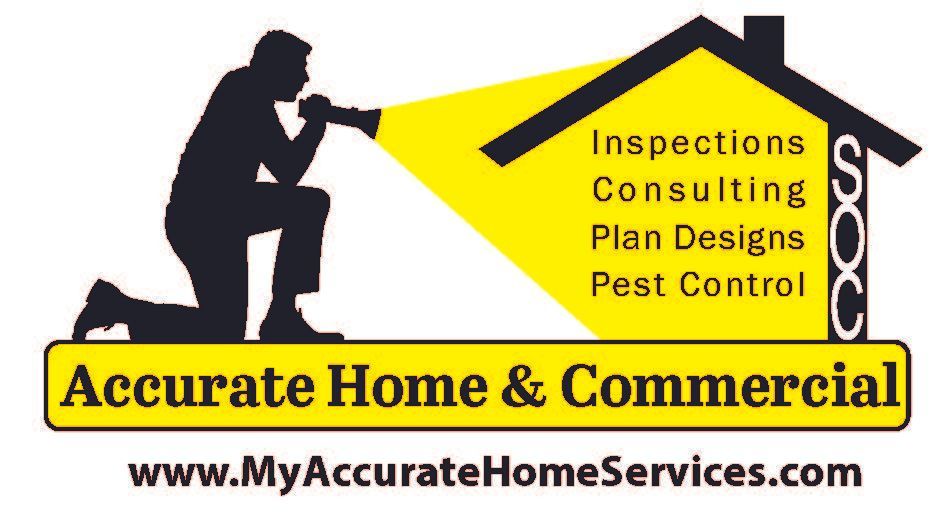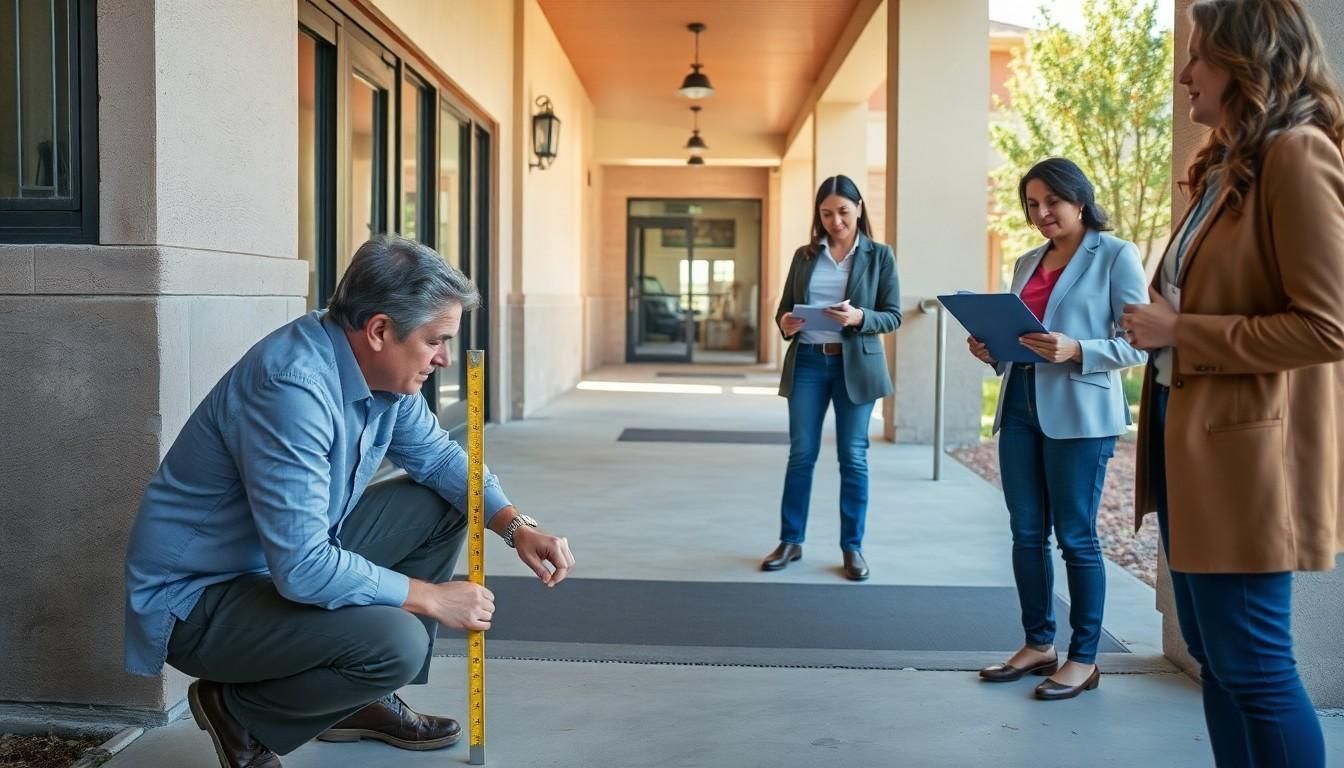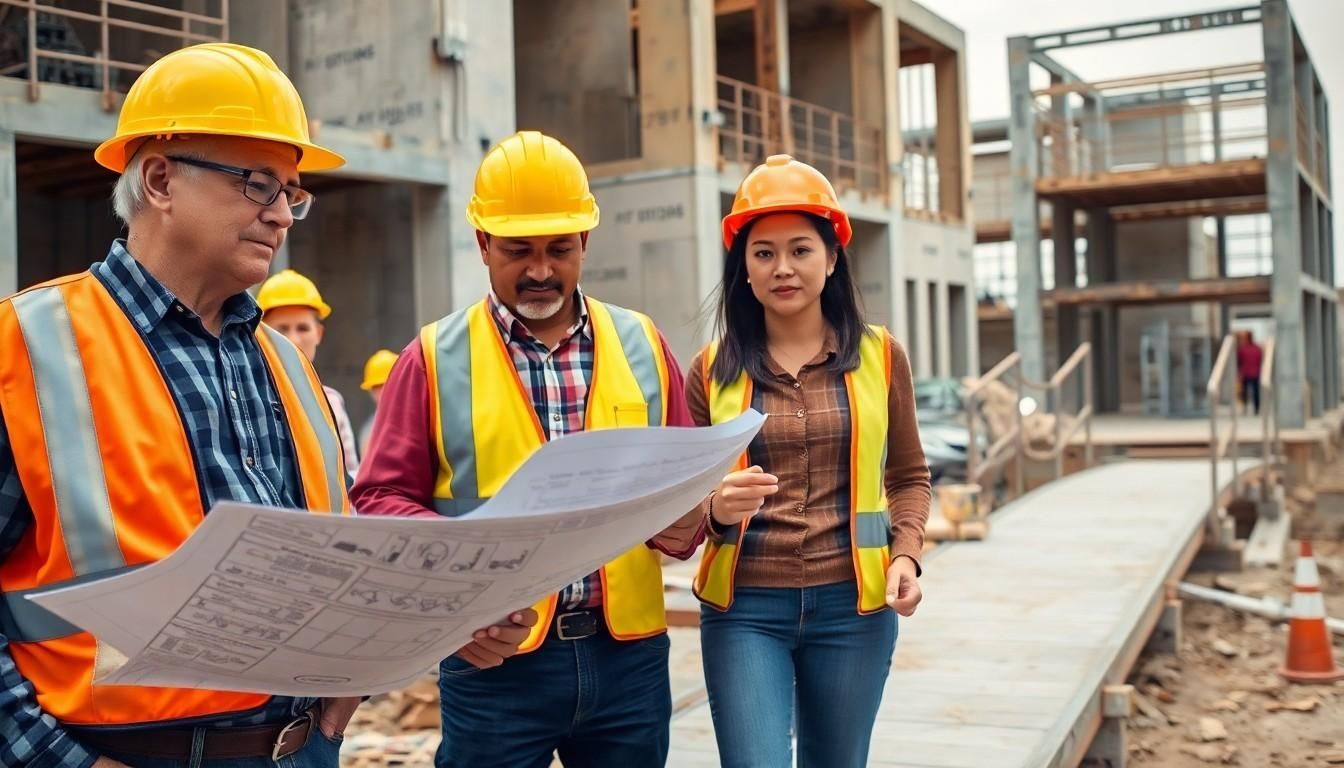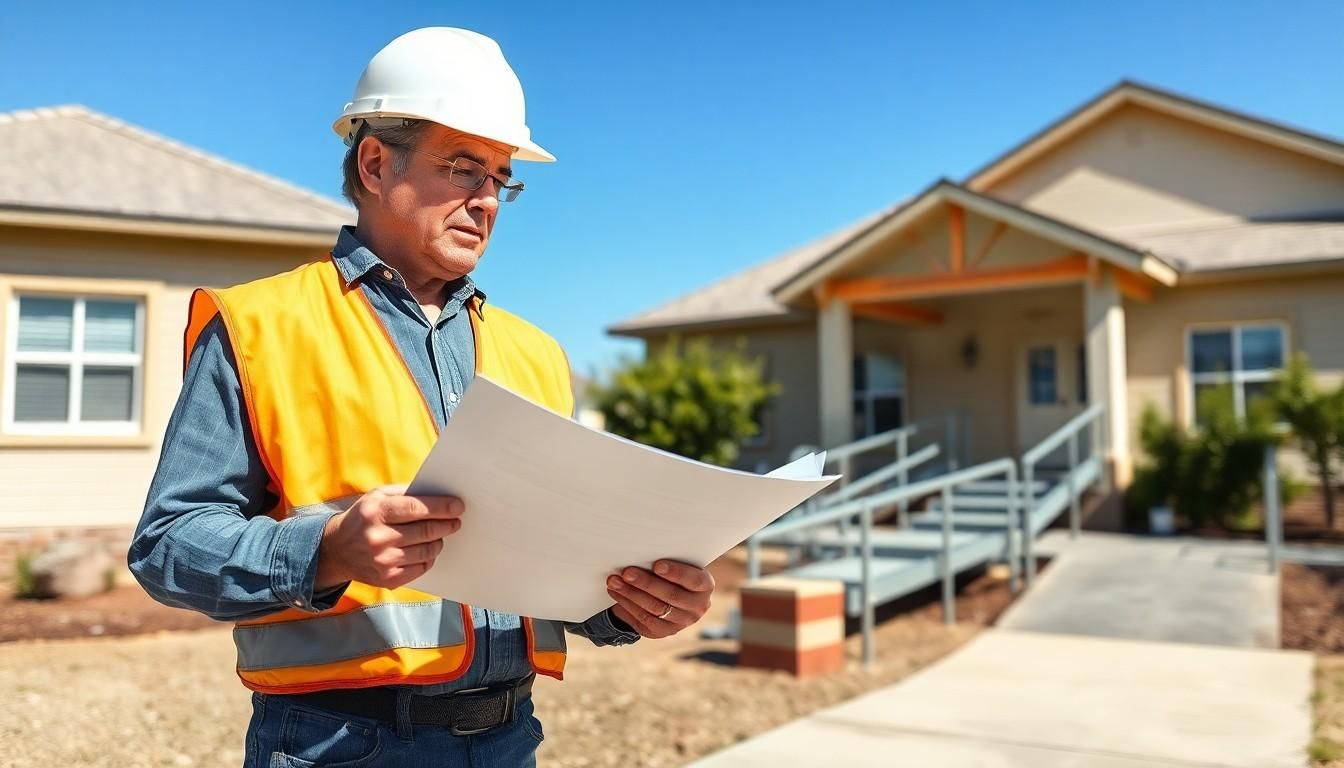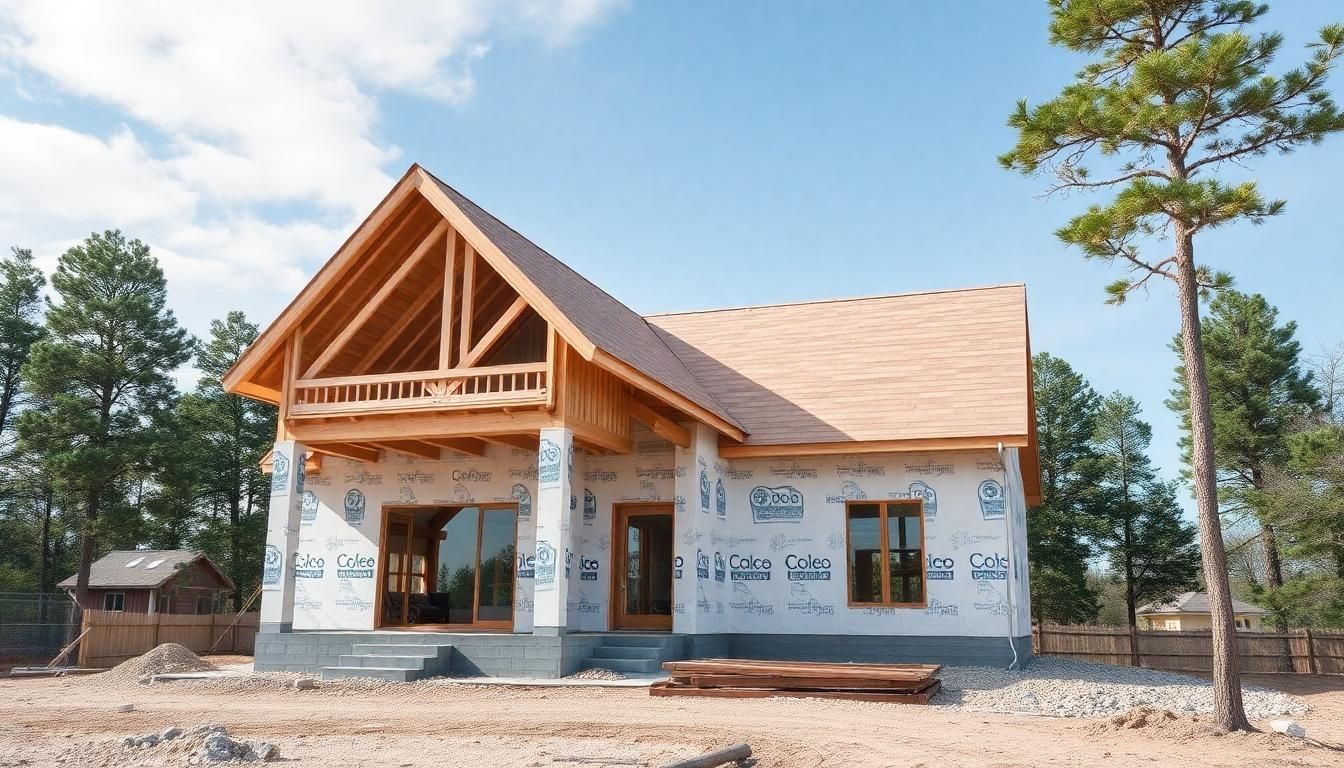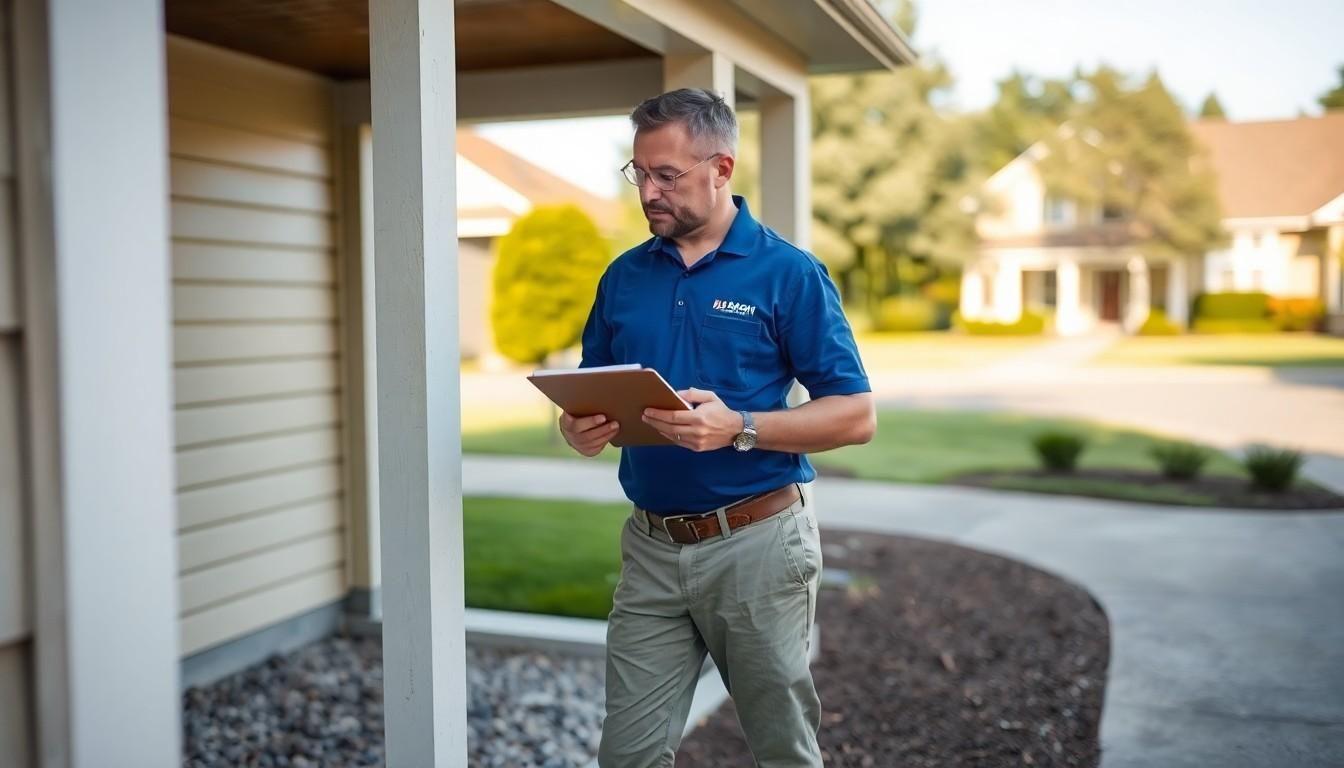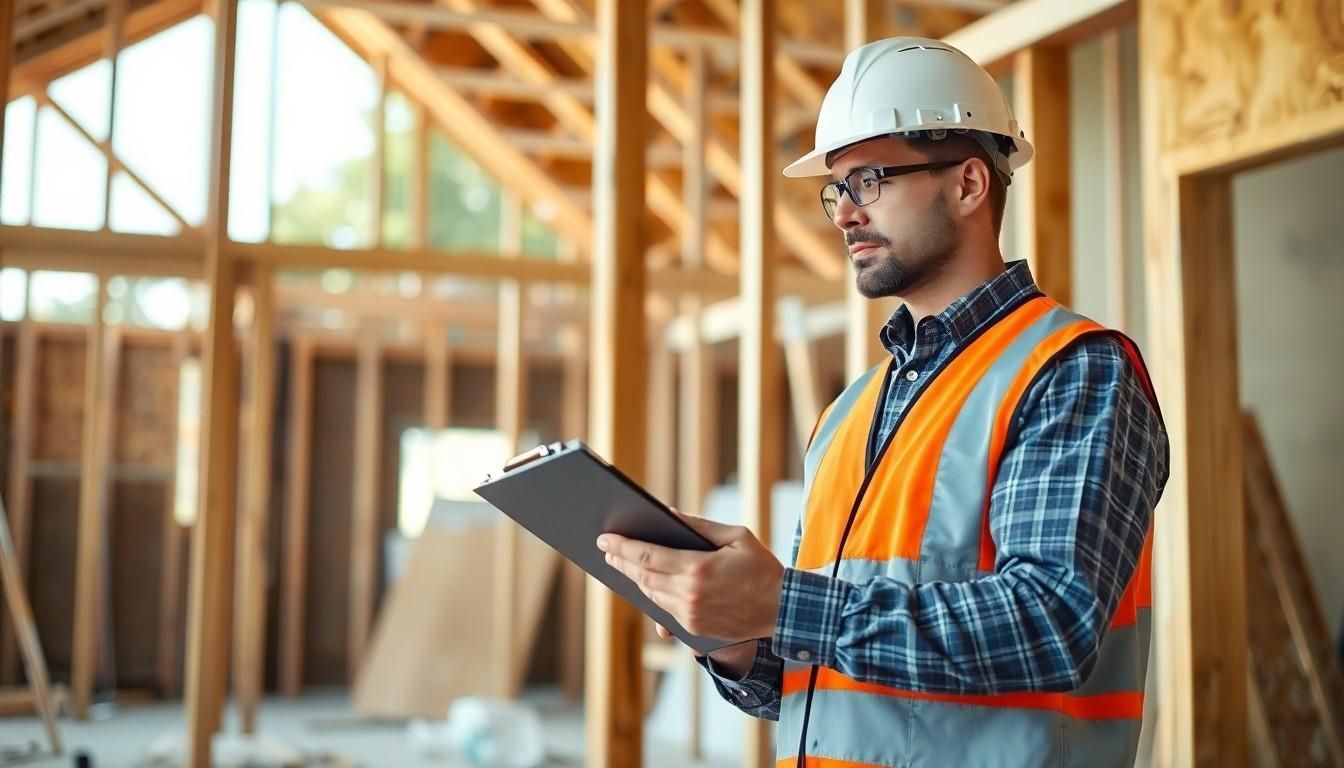Draw Inspections Near Me: Securing Your Construction Loan Funds at Every Building Phase
Building a new home or undertaking a major renovation requires careful financial management, and draw inspections near me play a critical role in this process. These specialized inspections are conducted at key construction milestones to verify that work has been completed according to the construction loan agreement before the next round of funding is released.
For property owners navigating the complex world of construction financing, understanding the draw inspection process is essential. These verification steps protect both the lender and the borrower by ensuring that construction progresses as planned and that funds are properly allocated for each phase of the project. Without proper inspections, homeowners might face delayed funding, construction setbacks, or even financial disputes with contractors.
Accurate Home and Commercial Services provides licensed and insured draw inspections at key construction milestones, verifying work completion according to loan agreements to protect both lenders and property owners throughout the construction financing process. Based in Conroe, TX, they offer comprehensive inspection services for residential and commercial properties. Contact them at (281) 745-0234 for professional verification that ensures proper fund allocation and construction progress.
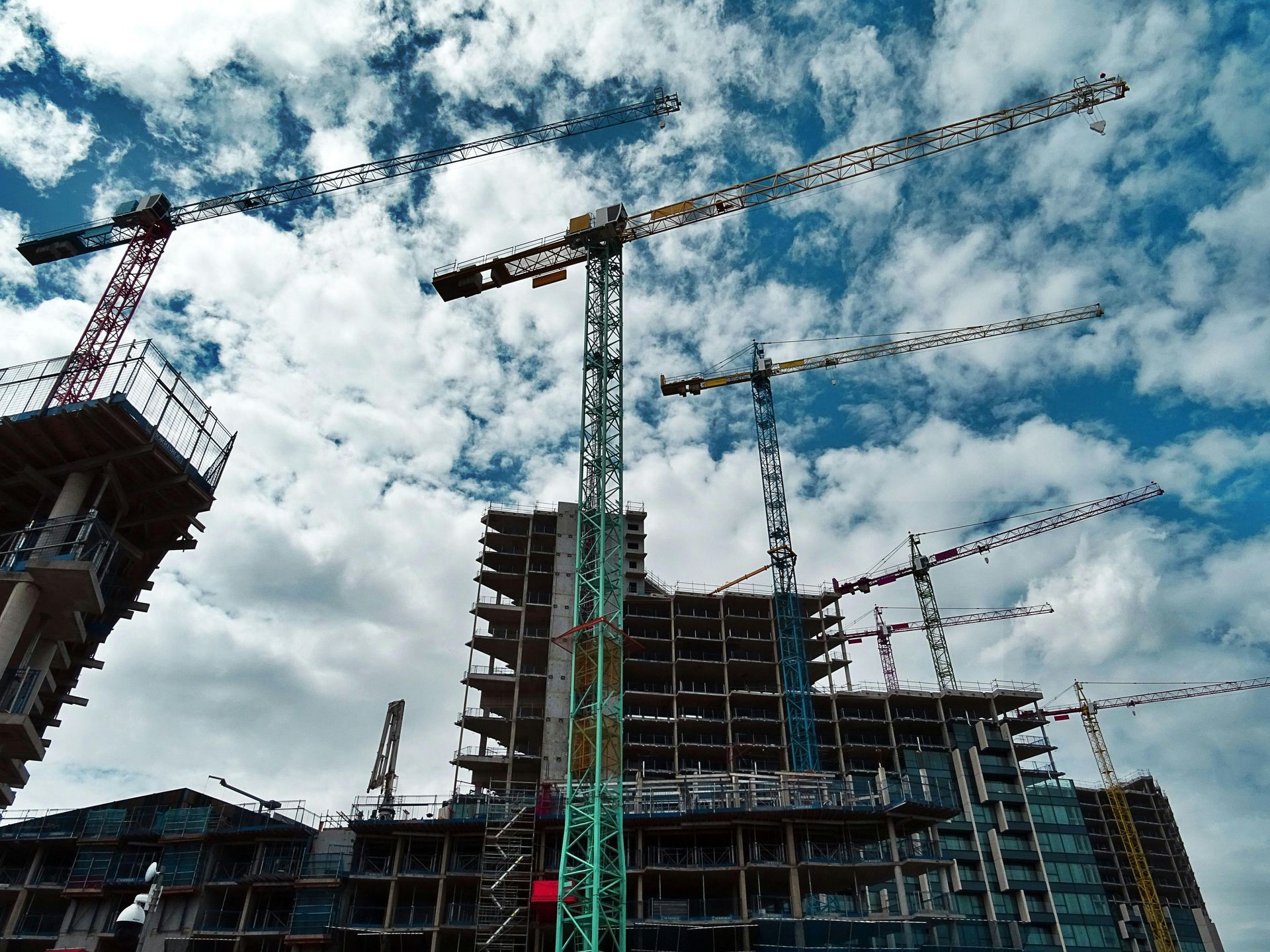
What Are Draw Inspections in Construction Financing?
Draw inspections serve as critical checkpoints in the construction financing process, verifying that specific phases of construction work have been completed according to the terms outlined in the loan agreement. These specialized inspections occur at predetermined milestones throughout the building process, such as after foundation work, framing, or electrical installation.
During a draw inspection, professional inspectors visit the construction site to assess progress, evaluate workmanship, and document the current state of the project. The inspector creates detailed reports with photographic evidence showing completed work elements, which lending institutions require before releasing the next portion of funds—known as a "draw"—from the construction loan.
This structured approach creates a safeguard system that benefits both lenders and borrowers. For lenders, draw inspections provide assurance that loan funds are being appropriately utilized for their intended purpose. For borrowers, these inspections establish a clear connection between construction progress and financing, ensuring that funds become available when needed to maintain project momentum.
The typical construction loan operates on a schedule of 5-7 draws, with each draw representing approximately 15-20% of the total loan amount. This staged funding approach matches financial disbursements with actual construction completion, creating accountability throughout the building process while protecting all parties' investments.
The Purpose and Importance of Draw Inspections
Draw inspections serve as critical verification points in construction financing, ensuring that work progresses according to plan before additional funds are released. These specialized inspections occur at key construction milestones and provide essential documentation for both lenders and property owners.
Protecting Lender Interests
Draw inspections primarily safeguard lending institutions that have invested significant capital in construction projects. Professional inspectors verify that completed work matches the specifications outlined in the construction loan agreement, preventing the misallocation of funds or substandard workmanship. By documenting each phase with detailed reports and photographic evidence, lenders gain assurance that their financial investment is being used appropriately and that the property maintains expected value throughout construction. This verification process reduces the financial risk associated with construction lending by ensuring that disbursements align with actual progress rather than projected timelines, creating a system of accountability that protects against fraud and project abandonment.
Ensuring Project Completion
For property owners, draw inspections provide crucial momentum to keep construction projects moving forward smoothly. Each successful inspection triggers the release of the next funding portion, creating a steady cash flow that allows contractors to purchase materials, pay workers, and maintain progress without costly delays. This structured approach to financing helps prevent common construction pitfalls such as work stoppages, contractor disputes, or quality compromises that often occur when funding becomes irregular. Additionally, the documentation generated through these inspections creates a valuable record of construction quality and timeline adherence, helping property owners track progress and address any concerns before they become significant issues. The inspection process ultimately helps ensure that projects reach completion with proper workmanship and according to the original specifications.
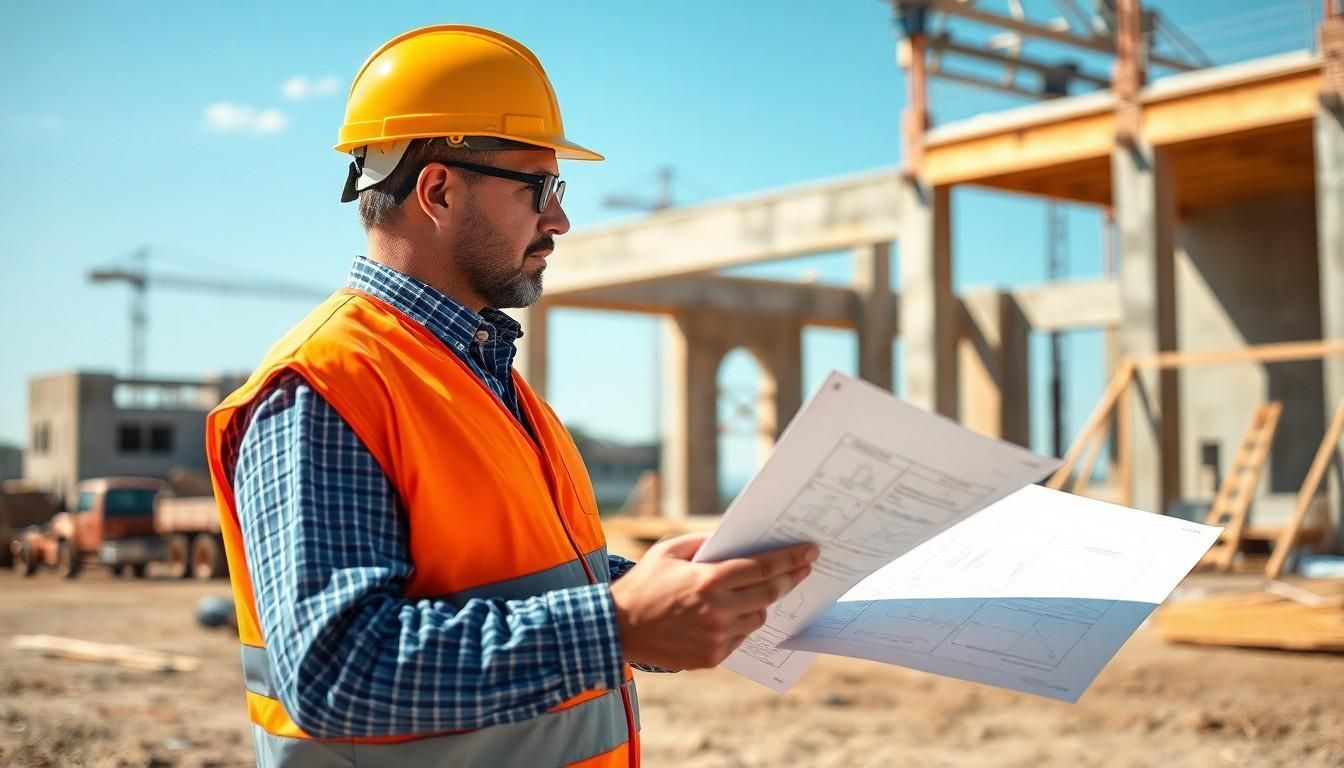
Who Performs Draw Inspections NEAR ME?
Draw inspections near me are conducted by qualified professionals who verify construction progress and ensure compliance with loan agreements before funds are released. These inspections require specific expertise in construction practices, building codes, and financial documentation to accurately assess project completion stages.
Third-Party Inspectors vs. Lender Representatives
Draw inspections are typically performed by either independent third-party inspectors or direct representatives of the lending institution. Third-party inspectors offer impartial evaluations without conflicts of interest, bringing specialized construction knowledge and standardized reporting processes to the table. These professionals often have backgrounds in construction management, engineering, or architecture, enabling them to thoroughly assess structural integrity and workmanship quality.
Lender representatives, on the other hand, work directly for the financial institution providing the construction loan. They understand the specific documentation requirements of their organization and can expedite the approval process for fund disbursement. These representatives maintain consistent communication with the lending team, potentially streamlining the draw process but sometimes lacking the technical construction expertise of dedicated inspectors.
Many construction projects utilize certified inspection companies that specialize in draw inspections, combining industry knowledge with standardized reporting systems designed specifically for construction loan verification. These specialized services bridge the gap between construction expertise and financial documentation, creating a more efficient inspection process.
Conclusion
Draw inspections near me represent a critical safeguard in construction financing that benefits all parties involved. These strategic checkpoints ensure proper fund allocation while maintaining construction quality and timeline adherence.
When properly executed they create accountability throughout the building process and help prevent costly disputes. Property owners who understand the inspection process can better navigate potential challenges and maintain project momentum.
Ultimately draw inspections transform complex construction loans into manageable milestones with clear verification points. For anyone undertaking a construction project the investment in thorough draw inspections pays dividends through enhanced quality control improved financial management and greater peace of mind from foundation to final touches.
Frequently Asked Questions
What is a draw inspection in construction financing?
A draw inspection is a critical checkpoint in construction financing where a professional inspector verifies that specific phases of construction work have been completed according to the loan agreement. These inspections occur at predetermined milestones like foundation completion or framing, and are required before lenders release the next portion of funds (a "draw") from the construction loan.
How many draws typically occur during a construction project?
Most construction loans operate on a schedule of 5-7 draws throughout the project. Each draw represents approximately 15-20% of the total loan amount and corresponds to completion of specific construction phases. This structure matches financial disbursements with actual construction progress, creating accountability throughout the building process.
Who performs draw inspections near me?
Draw inspections are conducted by qualified professionals with expertise in construction practices, building codes, and financial documentation. They may be independent third-party inspectors who provide impartial evaluations or representatives from the lending institution who understand specific documentation requirements. Many projects use certified inspection companies that combine industry knowledge with standardized reporting.
What documents are needed for a draw inspection?
Before an inspection, property owners must prepare several documents, including a draw request form, contractor invoices, and updated construction plans. These documents help inspectors compare actual work with the planned specifications. Supporting documentation like permits, material receipts, and subcontractor information may also be required depending on the lender's policies.
What do inspectors look for during a draw inspection?
Inspectors verify work completion by comparing actual construction progress against project plans. They assess materials and workmanship quality, ensure compliance with building codes, and verify that all necessary permits are current. They document findings with detailed photographs and measurements, creating a comprehensive record that supports the draw request.
How long does the draw inspection process take?
The draw inspection process typically takes 3-5 business days from request to fund disbursement, though timing conflicts can cause delays. Scheduling bottlenecks often occur when inspectors manage multiple projects. Weather conditions and communication breakdowns may further complicate scheduling, potentially affecting project cash flow if contractors need to halt work while waiting for funding.
How do draw inspections benefit property owners?
Draw inspections ensure steady cash flow for construction, allowing contractors to purchase materials and pay workers without costly delays. They provide valuable documentation of construction quality and timeline adherence, helping property owners track progress and address concerns before they escalate. The process also verifies that funds are being properly allocated to the intended construction work.
What are common challenges in the draw inspection process?
Common challenges include timing conflicts causing scheduling delays, discrepancies in completion estimates between contractors and inspectors, and communication breakdowns between stakeholders. Weather conditions can postpone inspections, and documentation issues can slow approval. These challenges can impact cash flow as contractors may need to halt work while waiting for funding.
How can property owners prepare for successful draw inspections?
Property owners should stay actively involved in the process, maintain regular communication with contractors and lenders, and thoroughly understand their loan agreement requirements. Creating a dedicated file system for organizing documentation, maintaining a construction calendar with inspection dates, and promptly addressing any discrepancies can enhance the efficiency of the draw inspection process.
What risks are associated with skipping draw inspections?
Skipping draw inspections can lead to serious consequences including delayed or denied funding, financial disputes between parties, and potential quality issues going undetected. Without proper verification, funds might be misallocated or work might not meet required specifications. Lenders typically will not release funds without completed inspections, which can create project delays and financial strain.
